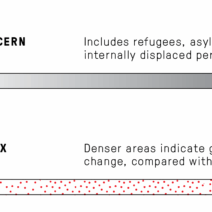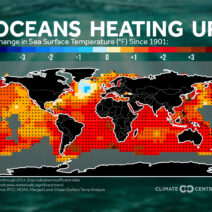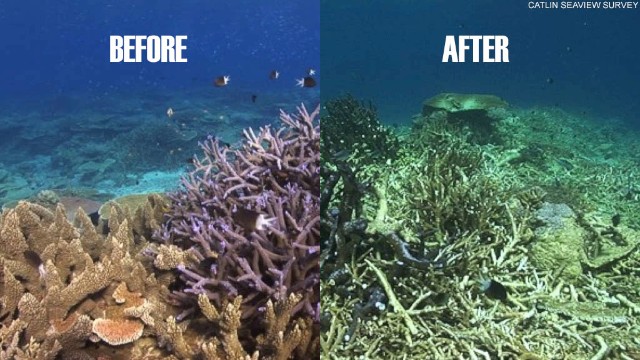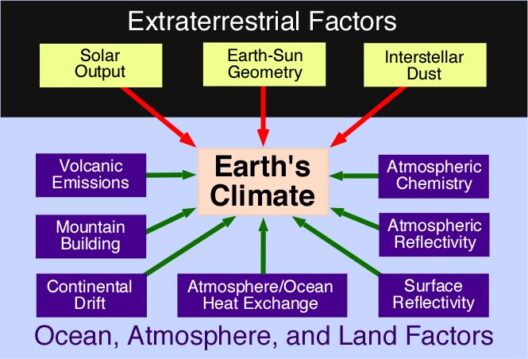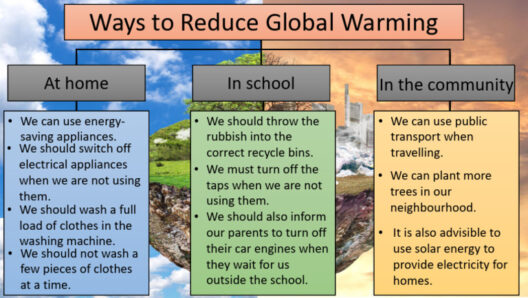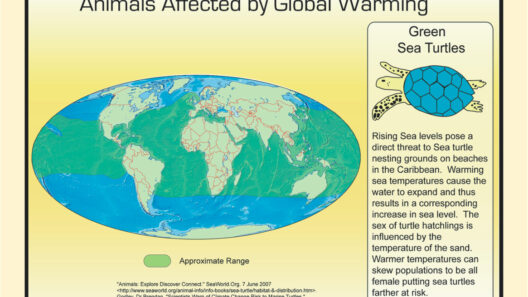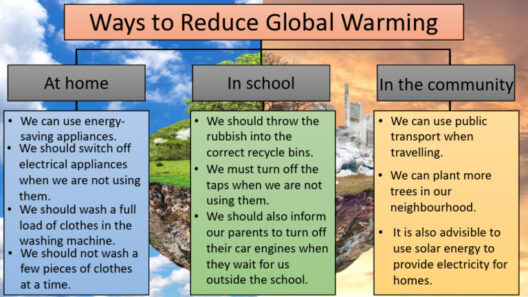The Great Barrier Reef, often referred to as the ocean’s jewels, is more than just a dazzling display of nature’s artistry. Spanning over 344,000 square kilometers, it is the largest coral reef system on the planet, teeming with biodiversity. However, this natural wonder is in peril, facing an existential threat from the relentless advance of global warming and climate change. What happens when the very foundation of a vibrant marine ecosystem begins to crumble? This is the battle that the Great Barrier Reef now faces.
Coral reefs, like the Great Barrier Reef, flourish under precise environmental conditions. They thrive in warm, shallow waters, where sunlight penetrates and supports the diverse organisms that compose the reef structure. The corals themselves are living organisms that engage in a symbiotic relationship with zooxanthellae, microscopic algae that provide essential nutrients through photosynthesis. When the delicate equilibrium of this relationship is disrupted, corals undergo a process known as bleaching, which poses a severe threat to their survival.
Global warming primarily drives sea temperatures upward. Ocean temperatures have increased by approximately 1°C since the late 19th century, with expectations of further rises, particularly under the scenario of unchecked greenhouse gas emissions. This upward shift in temperature is detrimental to the corals. When water temperatures exceed the thermal tolerance of corals, they expel the zooxanthellae, leading to a stark white appearance – a phenomenon that has devastating implications. Without these algae, corals lose their primary food source, diminishing their ability to grow and reproduce.
The frequency and severity of coral bleaching events have escalated over recent years. Notably, the summers of 2016 and 2017 marked catastrophic bleaching episodes that affected vast swathes of the reef. These incidents serve as a clarion call, revealing the urgent need for strategic conservation efforts. Yet, the challenges do not cease with simply reversing coral bleaching. The overall resilience of the Great Barrier Reef is compromised, weakening its capacity to recover from environmental stressors.
In addition to rising temperatures, another insidious factor exacerbating the plight of coral reefs is ocean acidification. As atmospheric carbon dioxide levels escalate, a significant portion enters the oceans, where it reacts with seawater to form carbonic acid. This chemical reaction diminishes the availability of calcium carbonate, the essential building block corals require to maintain their structures. As a result, coral growth slows, and their skeletal integrity is compromised. The once-invulnerable Great Barrier Reef now stands at risk of becoming a brittle echo of its former self.
Moreover, the interconnectedness of marine ecosystems means that the decline of the reef does not only threaten corals. It endangers countless species that rely on the reef for shelter, breeding, and sustenance. Fish, mollusks, and various marine invertebrates constitute an intricate web of life, with the reef at its core. The repercussions of losing the Great Barrier Reef extend far beyond its boundaries, affecting global fish stocks and the livelihoods of millions who depend on fishing for sustenance and income.
In the context of human activity, coastal development, agricultural runoff, and climate-induced phenomena such as intensified storms and rising sea levels further complicate the conservation landscape. Human encroachments on coastal areas lead to habitat destruction and increased sedimentation, smothering corals and preventing them from accessing crucial sunlight. Additionally, agricultural runoff often introduces pollutants and excess nutrients into marine environments, provoking harmful algal blooms, which are detrimental to coral health.
The stark reality is that a multifaceted approach is required to combat the multitude of threats faced by the Great Barrier Reef. Governments, scientists, and community advocates must forge collaborative efforts to safeguard this iconic ecosystem. Strategies may include creating marine protected areas (MPAs) that limit human activities threatening coral health, along with rigorous regulations to manage runoff and pollution in coastal regions.
What innovative measures can we deploy to foster the resilience of the Great Barrier Reef amidst these challenges? A potentially promising answer lies in the burgeoning field of coral gardening and restoration. By cultivating resilient coral species in controlled environments or nurseries, scientists can transplant these hardier variants back onto degraded reef areas. This proactive approach not only restores lost habitats but also reinforces the genetic diversity of corals, enhancing the likelihood of survival in changing conditions.
Education and awareness also play pivotal roles in the fight against climate change. Engaging local communities, tourists, and industry stakeholders in the narrative of the reef can foster a sense of stewardship and responsibility. By promoting sustainable practices and encouraging the reduction of carbon footprints, individuals can join the collective fight to protect our oceans.
Nonetheless, the clock is ticking. The Great Barrier Reef’s battle against climate change is not merely an environmental issue; it is an urgent call to action for individuals, governments, and organizations worldwide. In a world grappling with the consequences of anthropogenic climate change, the plight of the Great Barrier Reef illuminates the necessity of a global response. Will we heed the call and protect one of Earth’s most extraordinary natural treasures?
In conclusion, the future of the Great Barrier Reef hangs in the balance. As global warming, ocean acidification, and human activity conspire against this magnificent ecosystem, the challenge becomes increasingly complex. Yet, through concerted action, innovative solutions, and a communal commitment to preserving biodiversity, there remains hope for rejuvenation and resilience. The journey forward requires unwavering resolve and collaboration, charting a course toward a sustainable future for the Great Barrier Reef and beyond.

